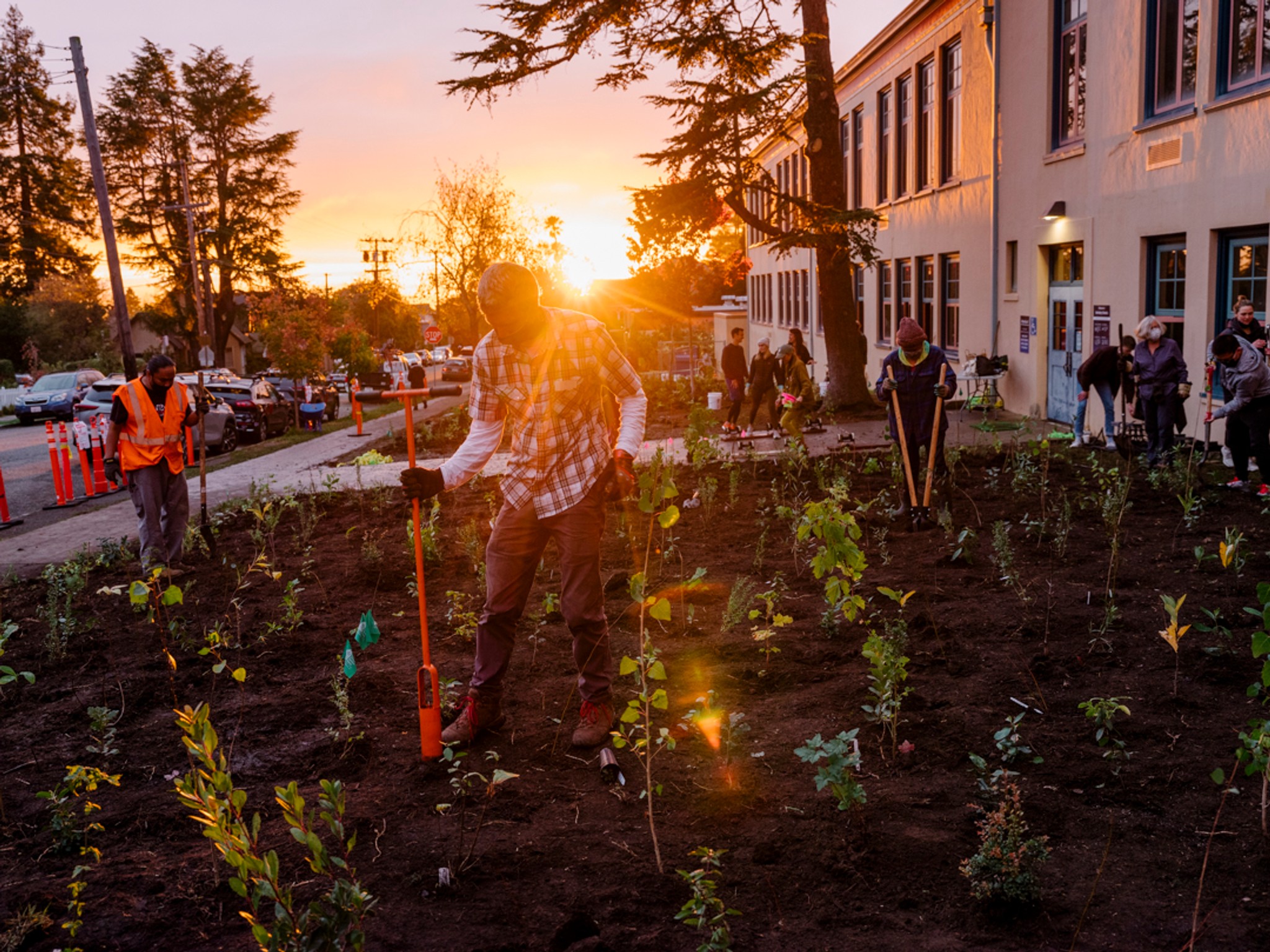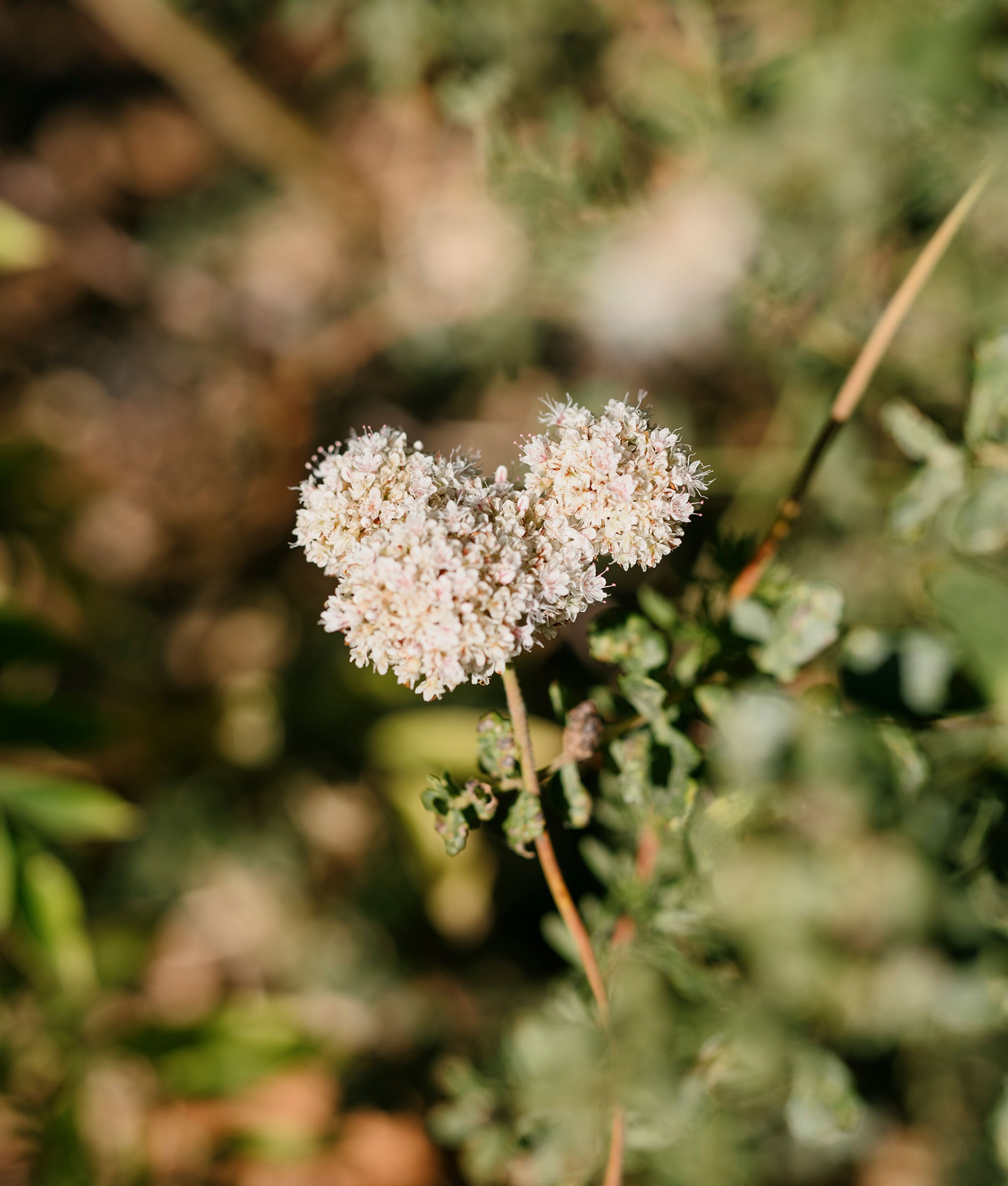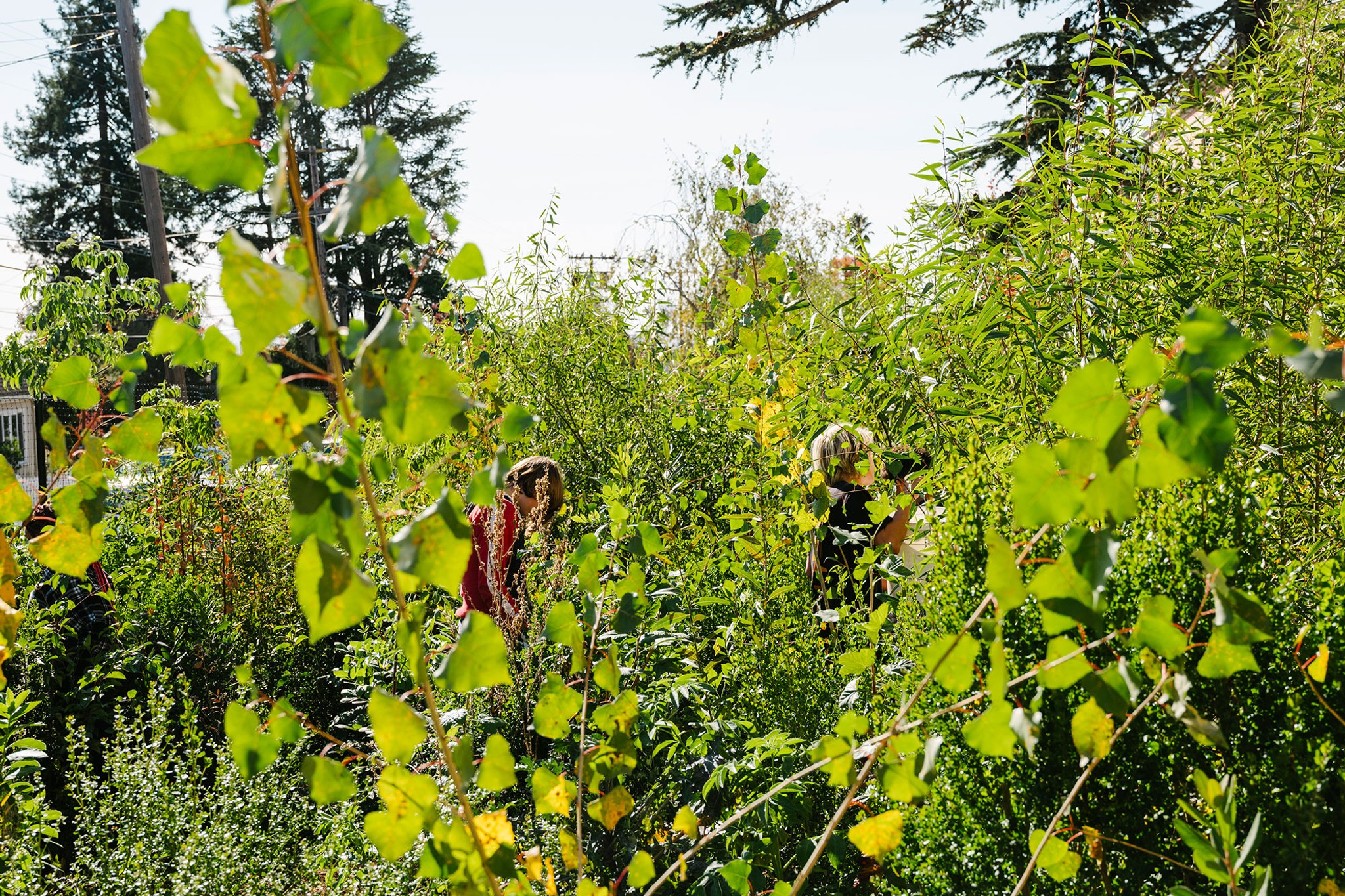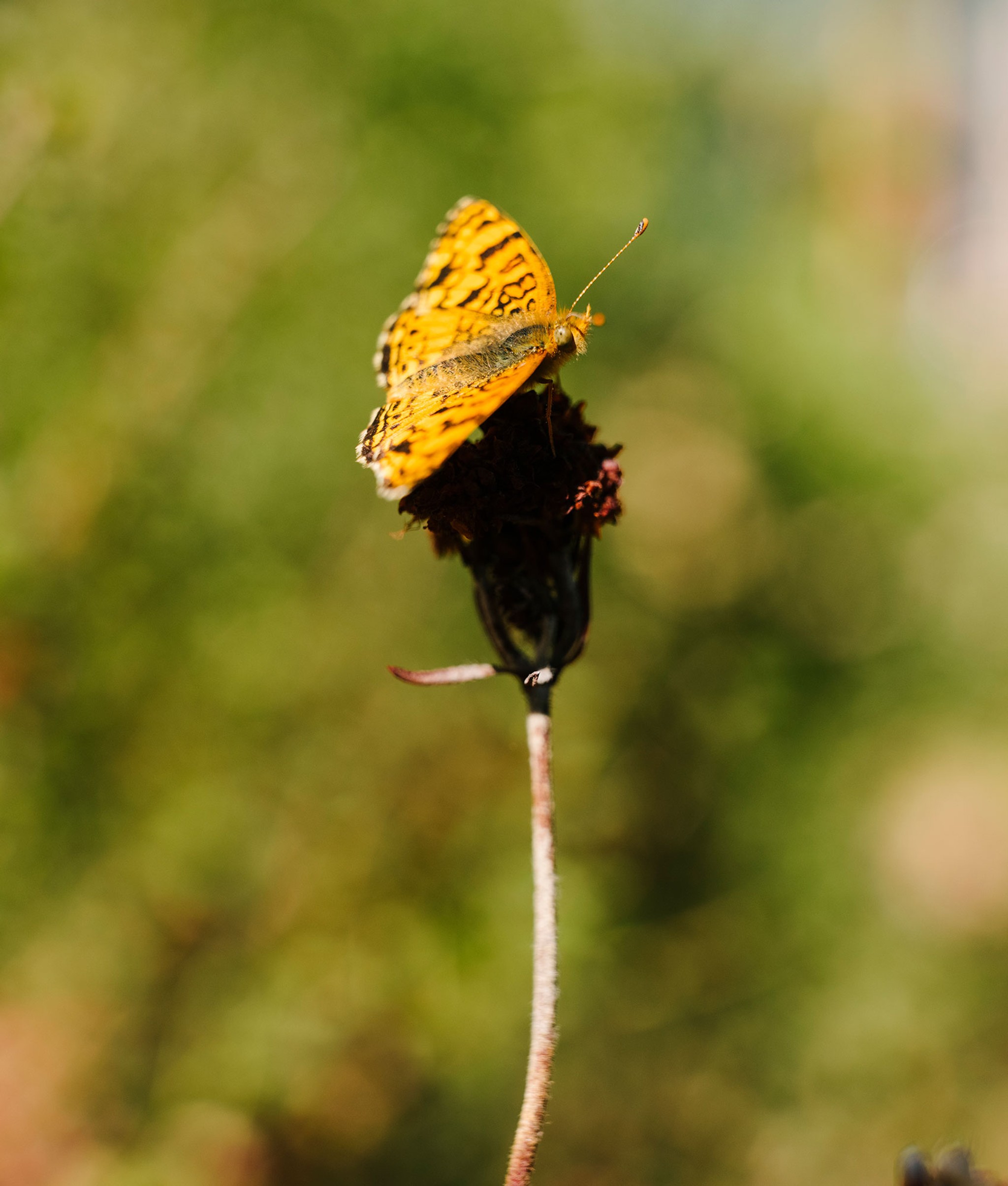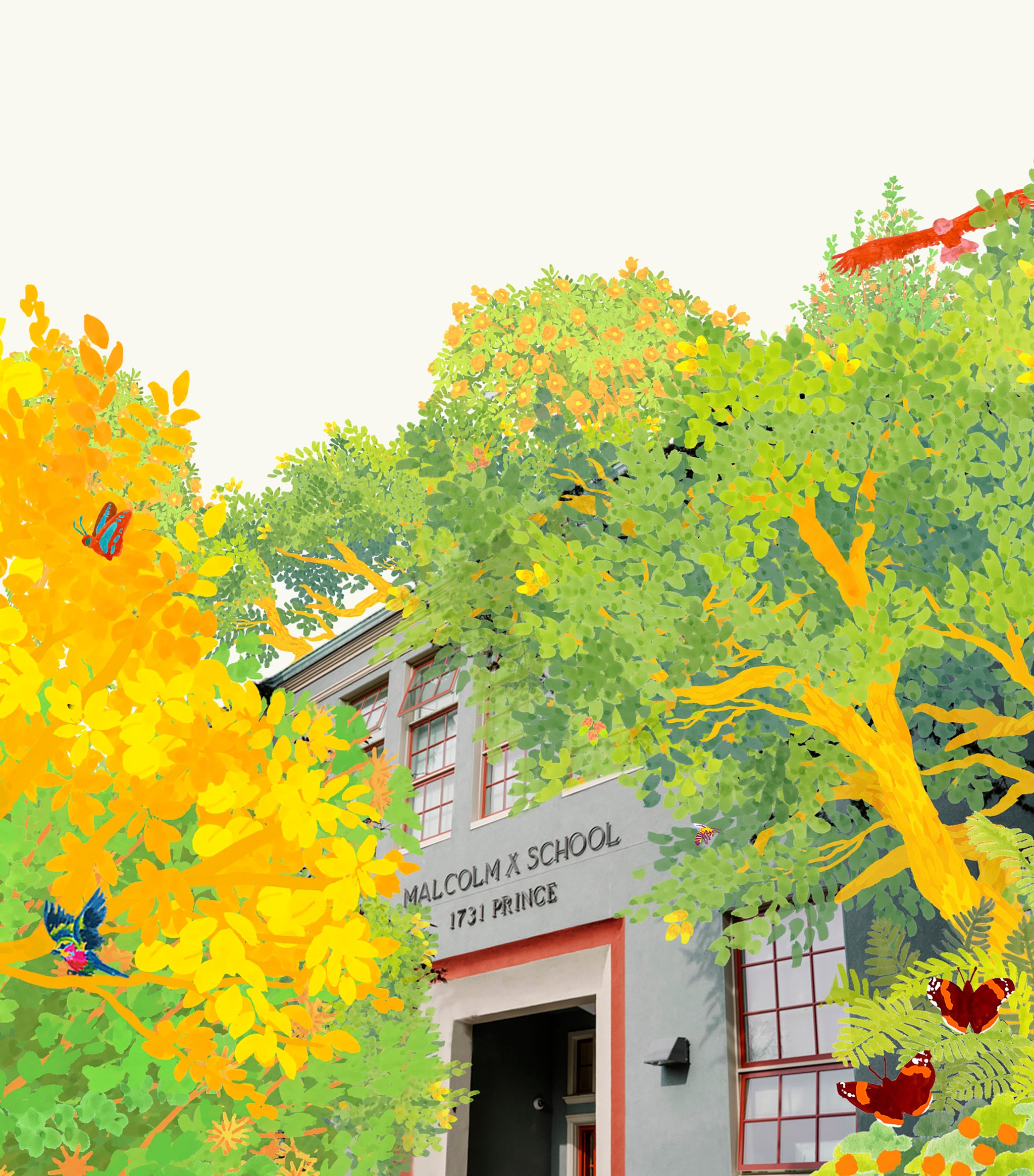MLK Middle School
Outdoor Classrooms for East Bay Students.


0
Trees
0
Square Feet
0
Native Species
0
Youth Impacted
Self-sustaining Forest
Planted in November 2021 on a manicured patch of lawn at MLK Middle School, this space has transformed into a vibrant ecosystem bursting with life and color.
The red maple (Acer rubrum), toyon (Heteromeles arbutifolia), and elder (Sambucus nigra) provide vital shade and shelter, supporting the rich biodiversity thriving here. The native twinberry honeysuckle (Lonicera involucrata) attracts hummingbirds with its nectar and berries, while elderberries offer a late-season food source for birds like the chestnut-backed chickadee (Poecile rufescens). We have also observed butterflies, ants, moths, and even native leaf-cutting bees, all finding refuge within the dense foliage.
Students at MLK have developed a strong connection to the forest, establishing their own Miyawaki club to study its biodiversity, collect field data, and gain hands-on experience with California’s native plants and the wildlife flourishing in this habitat.
Forest Maker
Ethan Bryson
Forest Partner




Ecosystem Restored
Final report: 26.11.2024
After approximately three years our SUGi Pocket Forests become self-sustaining. They no longer require human maintenance or watering, and can be handed over to Nature for biodiversity and complexity to naturally develop.
0%
Survival Rate
0
People living within 300 meters
0
kg of potential CO2 sequestration
Biodiversity
Biodiversity is all the different kinds of life you'll find in one area—the variety of animals, plants, fungi, and even microorganisms like bacteria that make up our natural world. Each of these species and organisms work together in ecosystems, like an intricate web, to maintain balance and support life.
0
Potential number of mammals
0
Potential number of birds
0
Potential number of amphibians
“It’s been a dream to begin creating SUGi Outdoor Classrooms at schools in the United States. Berkeley, California has always been a birthplace of social action, so it feels even more powerful that a movement for urban rewilding and strengthening Nature-Community connections begins here in my own backyard.”
Tamsin Smith, SUGi Team Member
Forest Report: 2023
0 Years
Forest Age
0%
Survival Rate
0m
Average of Tallest 3 Trees
This forest is bursting with life. After replacing a water guzzling lawn with a green three dimensional space full of biodiversity, thousands of children and community members have been pleasantly impacted. A student Miyawaki club has formed to examine the biodiversity, learn about the native plants, and welcome in the host of insects and fauna. Since it is October, many of the deciduous trees have shed their leaves, but the evergreen coyote brush is still providing a lush habitat for native birds and butterflies.
Biodiversity Notes:
Forest Report: 2022
0 Months
Forest Age
0%
Survival Rate
0m
Average of Tallest 3 Trees
This pocket forest is giving every student something wonderful to experience on campus every day and it feels truly magical. The arroyo willow trees (Salix lasiolepis) are now so dense that we can’t walk through. If we do, it’s like being transported into another world, since you’re literally surrounded by leaves and green. It’s hard to believe that just a few feet away lies a busy residential street which hundreds of cars pass by daily.
One of the sustainability goals of the forest was to provide shade and natural cooling to the southern facing classrooms in the three-story main building of King Middle school. On frequent occasions, the classrooms got so hot that students had a hard time concentrating, which impacted student learning. Now, at least the ground floor level of classrooms has been provided with a storybook view of greenery and feels as though it’s in a forested area. There are classrooms on the second floor which can already see tree canopy growing. The tallest willow tree is already over 6m tall.
“Before we planted all the trees and the forest, it was just a plain area. And now that we have all the trees and plants, it takes in more carbon dioxide and emits more oxygen for us to breathe, and it just looks so much better as well. Before, there were only 3 trees and a dirty, grassy area.”
- MLK Middle School Student
Biodiversity Notes:
We have observed lots of bees, flowers, elderberries, white butterflies (species unidentified), and ladybugs.
Planting: November 2021
























